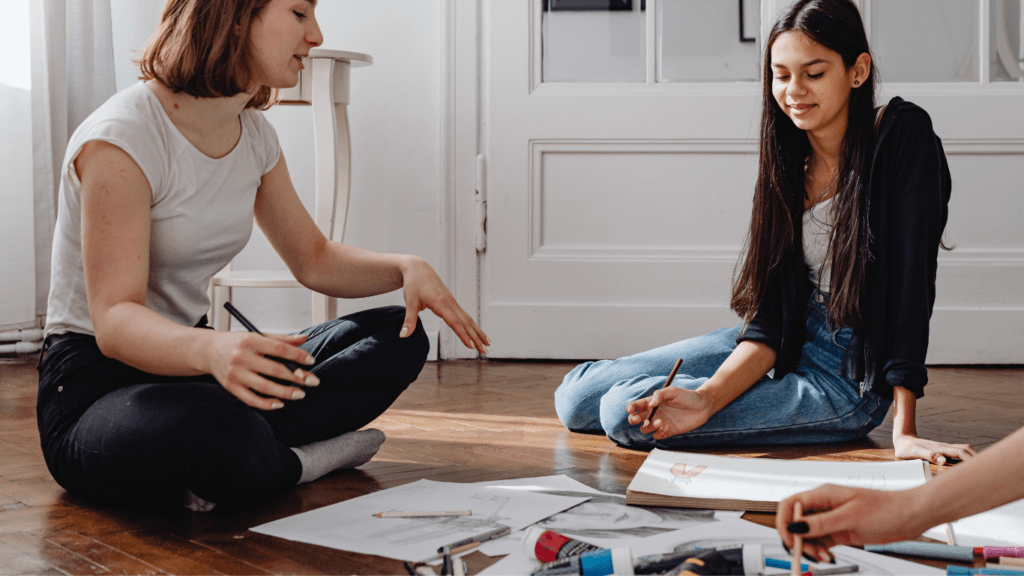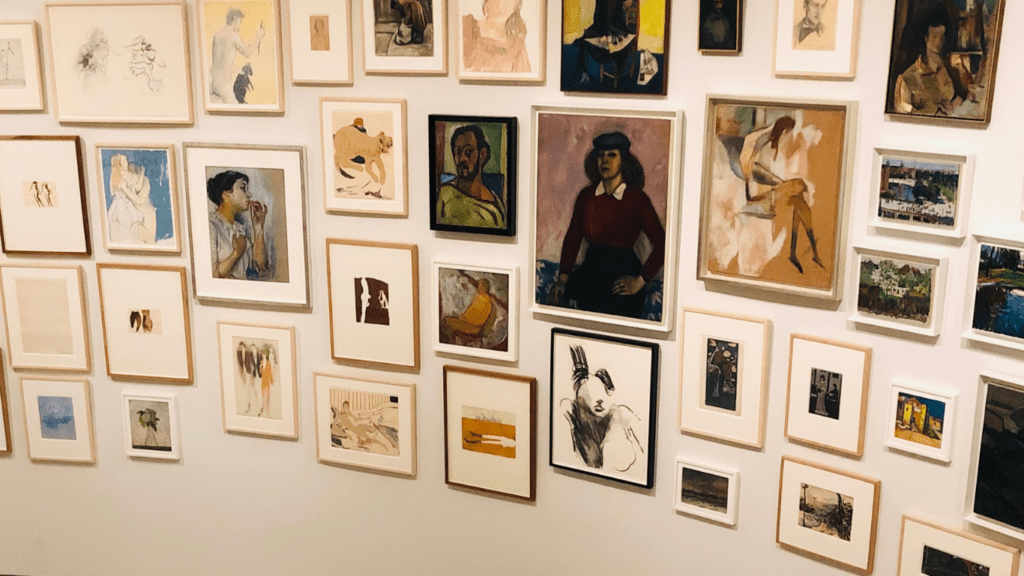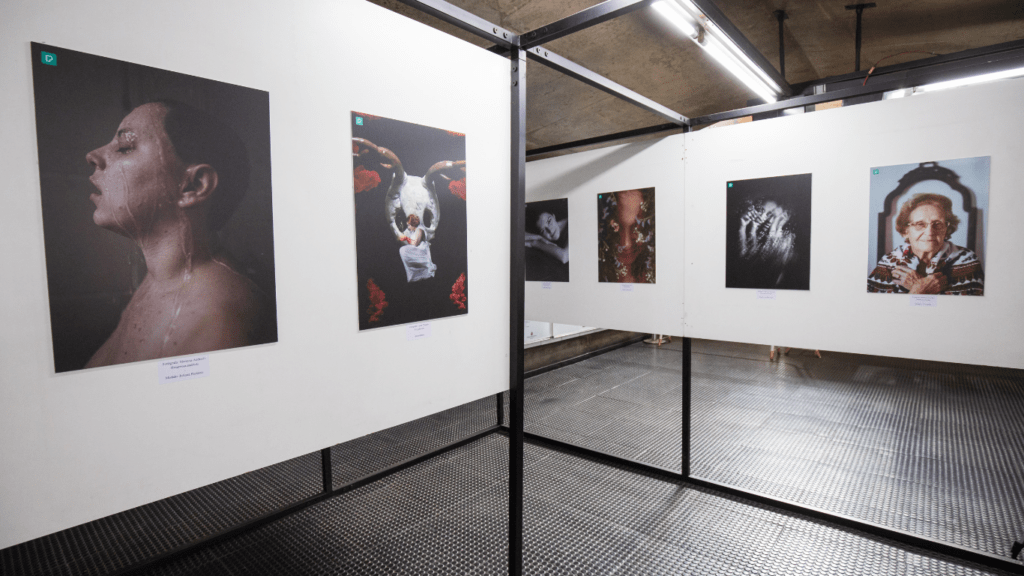The Appeal Of Artist Collaborations
Collaborations captivate audiences by offering fresh, unexpected experiences. When artists from different genres join forces, they blend unique styles that captivate fans. For instance, when classical musicians team up with hip-hop artists, the result offers a fusion that attracts diverse listenership.
Artist collaborations boost creativity by merging diverse talents. Each artist brings their own skills to the project, creating a richer, multifaceted piece. The combination of expertise often leads to innovative works that push boundaries. A pop singer partnering with an electronic DJ often results in chart-topping hits.
Collaborations can expand an artist’s reach. By tapping into their partner’s fan base, artists gain exposure to new audiences. This mutual benefit cultivates a larger, more engaged fan community. For example, a rock band collaborating with a popular rapper can draw in followers from both genres.
Partnerships also provide learning opportunities. When artists collaborate, they share techniques and insights, enhancing their own skills. This exchange fosters growth and development, allowing artists to evolve. A novice painter working with a seasoned sculptor can gain new perspectives and techniques.
Collaborations blend diverse styles, boost creativity, expand reach, and foster mutual learning. These elements combine to show why artist collaborations are so appealing.
Iconic Collaborations In Art History
Artist collaborations have shaped art history, combining styles and ideas to create groundbreaking works.
Renaissance Masters
During the Renaissance, collaborative efforts flourished, producing some of the most influential art. Michelangelo, a sculptor and painter, worked with architect Donato Bramante. Together, they redesigned St. Peter’s Basilica. Leonardo da Vinci often exchanged ideas with his peers, like Raphael, enhancing each other’s masterpieces. These collaborations not only enriched their creations but also set new artistic standards.
Surrealist Movements
Surrealists embraced collaboration, mixing dreamlike concepts with innovative techniques. Salvador Dalí and Luis Buñuel partnered to create the iconic film “Un Chien Andalou,” which revolutionized cinema with its bizarre, avant-garde imagery. André Breton, the founder of Surrealism, worked closely with other artists like Max Ernst and Yves Tanguy, leading to groundbreaking visual works. These efforts expanded Surrealism’s reach, merging diverse visions into cohesive masterpieces.
Modern Examples Of Artist Collaborations

Contemporary artist collaborations continue to push artistic boundaries. These partnerships often merge different mediums and disciplines, producing unique results.
Pop Culture Icons
Pop culture icons frequently engage in significant collaborations. Lady Gaga and Tony Bennett’s partnership brought together pop and jazz, resulting in the acclaimed album “Cheek to Cheek”. Beyoncé’s project with visual artist Laolu Senbanjo for her “Lemonade” album blended Afrofuturism with music. These examples highlight how combining different styles can create groundbreaking works that resonate widely.
Music and Visual Art Synergies
Music and visual art have synergized in modern collaborations, blending sound and sight. Takashi Murakami and Kanye West’s partnership exemplifies this, with Murakami creating the cover art for West’s album “Graduation”. The project married pop art with hip-hop culture. Another notable example is The Weeknd and Japanese artist Hajime Sorayama, who designed the visual aesthetic for The Weeknd’s “After Hours” era. These synergies showcase how visual elements can enhance musical experiences, creating a comprehensive artistic vision.
Benefits Of Collaborative Creativity
Artist collaborations yield numerous benefits for the creative process and final outcomes.
Cross-Disciplinary Innovation
Collaborations often lead to cross-disciplinary innovation. When artists from diverse fields merge their skills, new techniques and forms emerge. For example, integrating digital art with traditional painting creates interactive installations. This blending of different mediums can push boundaries and redefine art forms.
Broader Audience Reach
Collaborations also help reach broader audiences. Partnering with artists from different genres attracts diverse fan bases. For example, when a visual artist collaborates with a well-known musician, followers from both worlds come together. This increases exposure and creates new fans for the artists involved.
Challenges In Artist Collaborations
Collaborating in the arts can unlock untapped creativity, but it presents several challenges that need to be navigated carefully for success.
Creative Differences
Artists often face creative differences that can spark intense debates. Each artist brings a unique vision, and aligning these visions can be tough. For example, an artist focused on minimalist designs might clash with a partner who loves intricate details. Finding common ground requires compromise and open communication. When these conversations happen effectively, the collaboration can blend diverse styles into a cohesive piece.
Logistical Hurdles
Logistical hurdles often complicate artist collaborations. Coordinating schedules for creation sessions can be challenging, especially for artists with busy calendars. Geographic distance adds another layer of difficulty, making in-person meetings rare. Advanced planning and effective use of technology, like video conferencing and project management tools, help overcome these barriers. With a solid plan in place, collaborations can proceed smoothly despite logistical constraints.
The Future Of Artist Collaborations
Artist collaborations are poised for unprecedented evolution, blending technology and creativity in innovative ways.
Digital Platforms and Virtual Collaborations
Digital platforms enable artists to collaborate seamlessly across geographies. Services like:
- Zoom
- Discord
- Google Meet
facilitate real-time brainstorming, while file-sharing tools like Dropbox and Google Drive ensure smooth exchange of high-resolution media. Blockchain technology allows for secure verification and transactions, enhancing trust in digital art markets.
Examples include musicians hosting global jam sessions via live-streaming services like Twitch and visual artists co-creating pieces using platforms like Adobe Creative Cloud. Additionally, augmented reality (AR) and virtual reality (VR) technologies offer immersive experiences, allowing fans to engage with collaborative projects in new dimensions.
Trends to Watch
- Several trends define the future landscape of artist collaborations.
- Hybrid events that combine live and virtual elements cater to wider audiences.
- NFTs (Non-Fungible Tokens) revolutionize digital art, giving creators new revenue streams and collectors unique ownership.
- Artificial intelligence (AI) tools assist in generating novel artistic ideas, pushing creative boundaries.
- Sustainability becomes a focal point, with eco-friendly collaborations gaining traction.
- Collaborations spanning different industries, like fashion and technology, produce groundbreaking innovations.
- Monitoring these trends ensures artists remain at the forefront of creative evolution.




